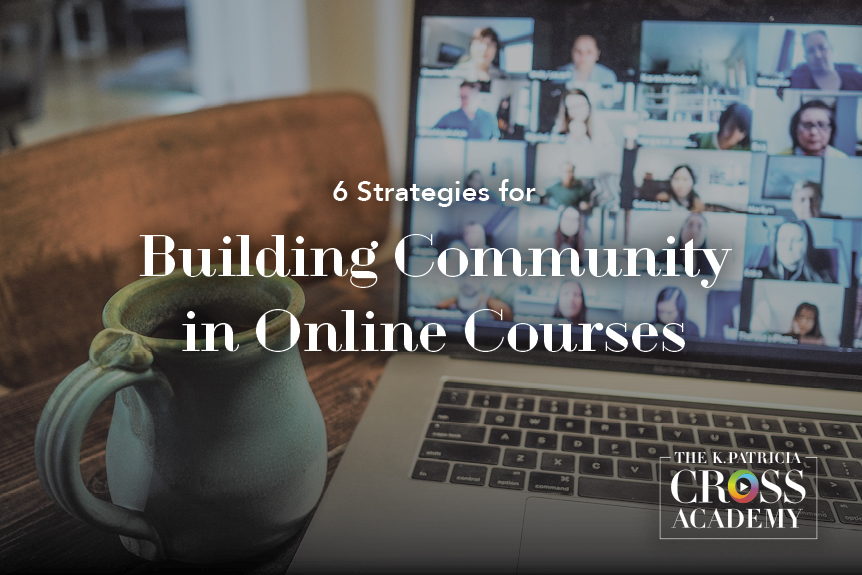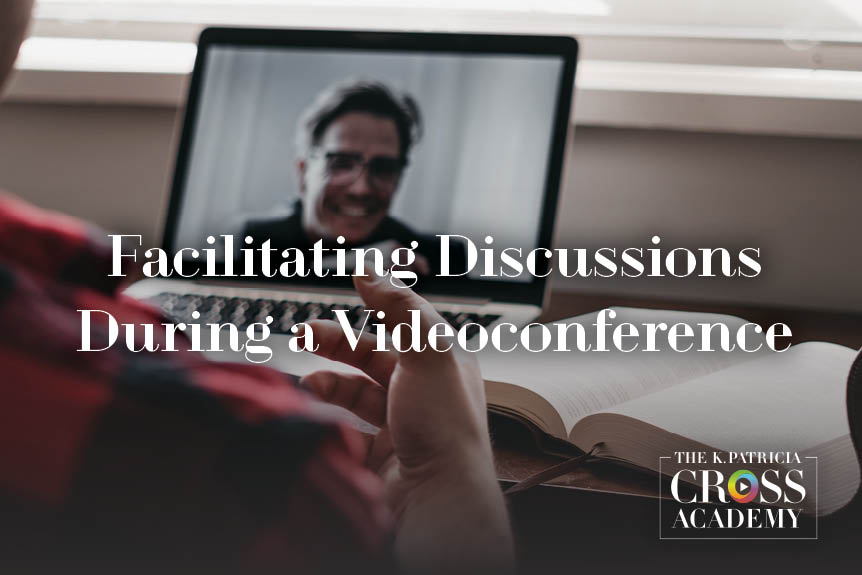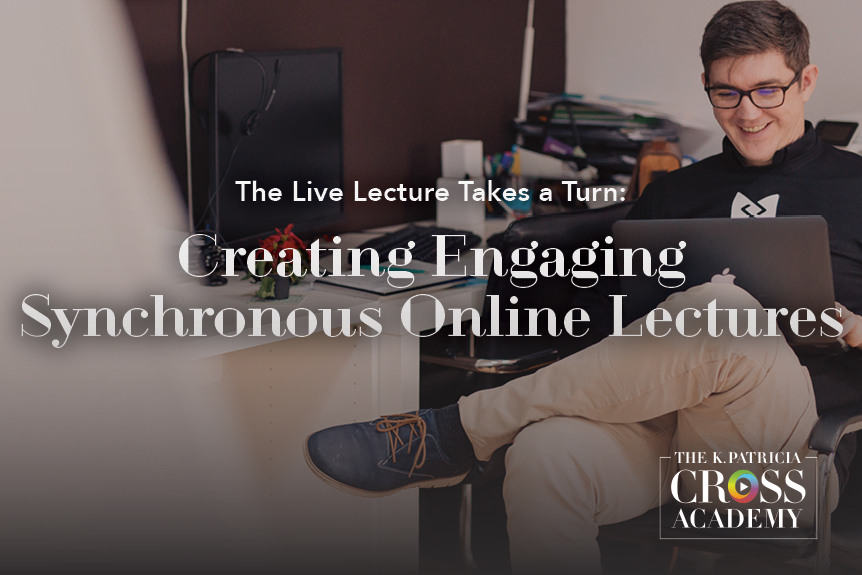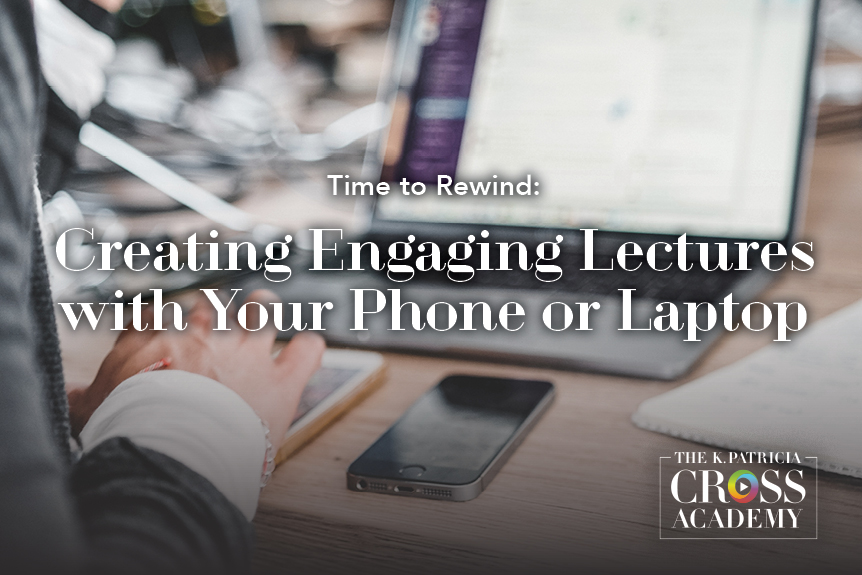CrossCurrents Library
Featured Collections
Topics

Sometimes, a group of students in a given class just seems to gel. They connect, work well together, and encourage and support each other. Sometimes a group of students does not gel. They barely interact, they don’t work together, and while they may not actively discourage each other, encouragement is not exactly forthcoming either. It can be difficult to determine what causes

After years – even decades – of teaching onsite, many instructors are able to teach a traditional, classroom-based course without having laid out the entire course in advance. This approach doesn’t work well in the online classroom, however, as online course delivery requires more fully developing the course ahead of time. Thus, when teaching online, the process of course design is essential.

With many of us now teaching remotely, we are finding ways to retain strategies that worked well when teaching onsite. Discussion is one of the strategies that we regularly draw upon when teaching on campus. Thus, instructors who are using videoconferencing to facilitate our class sessions are trying to determine how to make synchronous class discussions work in this new

Many of us have had to sit through boring, less than engaging lectures in a classroom. The speaker seems bolted to the floor, drones on and on in a monotone voice, and shares visuals that consist of nothing but slide after slide of bullet-point text. We know a bad lecture when we experience it. But we also know a good

The COVID-19 pandemic has led to many if not most college faculty teaching in virtual classrooms. While many of us are turning to synchronous lectures with video conferencing tools such as Zoom or Blackboard Collaborate, many of us are also choosing to create asynchronous video lectures that students can watch anytime, anywhere. There are many valid reasons for making this

Students will be better prepared to succeed in today’s complex and quickly changing world if they understand how they learn and can manage their own learning. Metacognition is a higher-order thinking process that involves active control over mental processes. Researchers and instructors alike have recognized the need to intentionally weave metacognitive strategies into teaching and learning activities. Metacognitive activities guide

“Students don’t care how much you know until they know how much you care.” ~Anonymous Most of us chose careers in academia because we care deeply about our disciplines or fields. It can be discouraging, therefore, to face students whose indifference to our courses is palpable. Yet caring is an essential element of their learning. As Fink suggests, “When students care

“When you learn, teach. When you get, give.” ~Maya Angelou Many of us teaching in higher education don’t think about lesson planning. But creating a lesson plan can be important to a successful class and for student learning. Creating a lesson plan prompts instructors to identify learning objectives, organize course content, plan learning activities, and prepare learning materials. The process

“Design is the intermediary between information and understanding.” ~Hans Hoffman When we design a course, we typically do so before actually meeting the students who will enroll in it. We have to determine how to best teach the particular content and skills to the students we will meet. Even if we design the best content and pedagogies possible, if we

“Learning is not attained by chance, it must be sought for with ardor and attended to with diligence.” ~ Abigal Adams One of the most often cited works on learning, and one we refer to often, is John Bransford, Ann Brown, and Rodney Cocking’s 2000 work appropriately titled How People Learn: Brain, Mind, Experience, and School. The report, which was